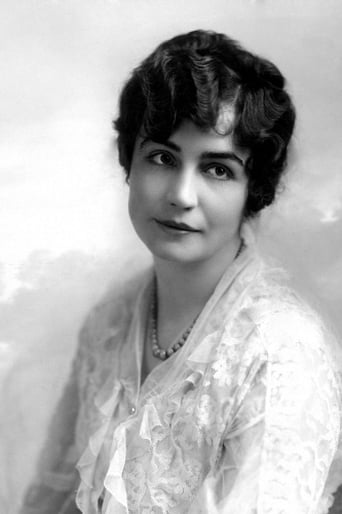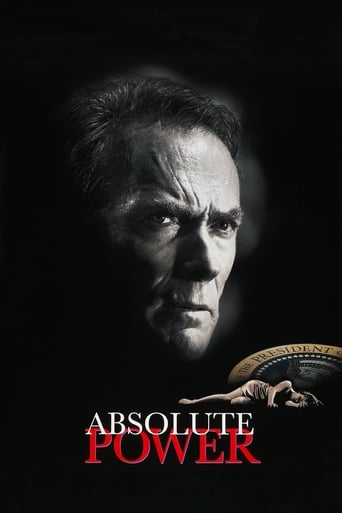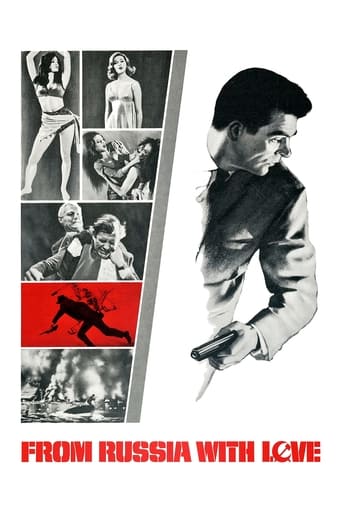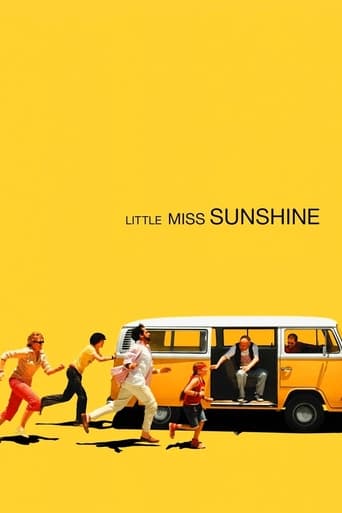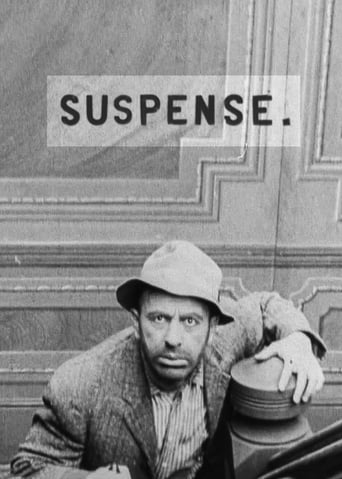
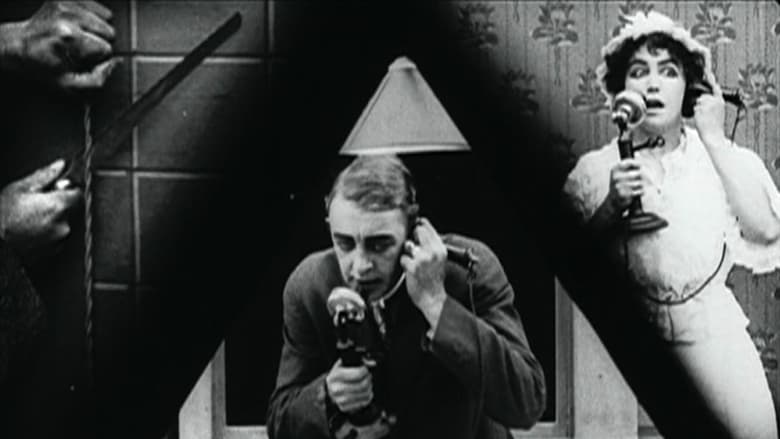
Suspense. (1913)
An isolated house is too remote for a lone servant, who leaves a note, quietly exits the back door, and puts the key under the mat. Left alone in the house is a mother and her infant. A tramp has watched the servant leave and begins to skulk. When the lady of the house sees him outside as he discovers the key, she's terrified and desperately phones her husband, who's at work in town. He jumps into a car that's idling in front of his office and races toward home, the car's owner, and police, in hot pursuit.
Watch Trailer
Cast
Similar titles



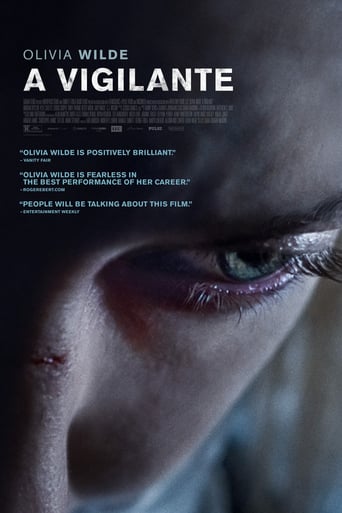
Reviews
Very Cool!!!
Memorable, crazy movie
It’s sentimental, ridiculously long and only occasionally funny
It is neither dumb nor smart enough to be fun, and spends way too much time with its boring human characters.
The title tells it all. A woman and her child are alone at the house because the hired help decides to take off. Her husband is at work. She realizes there is a man outside, a hobo. He gets into the house after she has called her husband. Then we have the classic "Will he get there" plot. He steals a car and leaves he driver, who immediately gets the police involved. This was directed by a woman and for a short film is edited very well and tells a convincing story.
A picture by Lois Weber, suggested by a former offering of the Rex and not unlike many other pictures in which burglars or tramps are breaking into a house or lonely station kept by a woman who has managed to let her friends know of her predicament. The intruder gets nearer and nearer; but the rescuer is hurrying, too, and reaches the point of danger just in time. It is pretty well done and makes a fair offering. - The Moving Picture World, June 28, 1913
Lois Weber was one of the most interesting filmmakers of the 1910s and early 1920s, and despite being one of the most successful directors during that period, she is now largely neglected in the history books and by many silent film enthusiasts. This film of hers "Suspense" is only one of seven I've seen available on home video (as of yet). In 1996, Anthony Slide ("Lois Weber: The Director Who Lost Her Way in History") said that only a dozen or so of her films survive, which according to IMDb is out of the 132 pictures she directed. Regardless, it's a shame that such features of hers as "Discontent", "The Dumb Girl of Portici", "Shoes" (all 1916), "To Please One Woman" (1920) and "What's Worth While?" (1921) which exist aren't more accessible. It's no consolation that the films of many of Weber's contemporaries suffer worse fates.Weber specialized in producing social-problem dramas, or message films. "Suspense", however, is the only film of hers that I've seen which did not sermonize. It's a straightforward entry in the genre of last-minute rescue, action-suspense pictures made especially popular in the Nickelodeon age by D.W. Griffith, with such one-reelers as "The Lonely Villa" (1909), "The Lonedale Operator" (1911), "An Unseen Enemy" and "The Girl and Her Trust" (both 1912). Kevin Brownlow said that "Suspense" more specifically took from and one-upped the plot of Griffith's "A Woman Scorned" (1911). Indeed, the editing of "Suspense" is as fluid as in any of Griffith's short films, and Weber uses some novel camera perspectives that Griffith and his cinematographer Billy Bitzer never had."Suspense" isn't quite as fast paced as Griffith's last-minute rescue films, or probably as hectic as the Keystone parodies of them, such as "The Bangville Police" and "Barney Oldfield's Race for a Life" (both 1913). I roughly counted 46 shots in "Suspense", which would be approximately just fewer than five shots per minute or 15.5 feet of film per shot. On the other hand, Griffith's "An Unseen Enemy", with about 119 shots, has approximately seven shots per minute or an average shot length of 8.4 feet. Even Griffith's earlier picture "The Lonely Villa" I counted to have about six shots per minute. Some of my numbers might be a bit off, but they give you a general idea: Weber's film is slower than Griffith's films. This isn't a weakness, though; the somewhat not as fast pace allows for a different tension over whether the husband speeding in a stolen car and chased by police will rescue his wife before the slowly approaching tramp reaches her, and it allows more time to capture the advanced viewpoints of Weber's camera. Moreover, the crosscutting, matching and rapid succession of shots is excellent."Suspense" is a surprisingly advanced film for 1913, especially in regards to the camera angles. The oft-mentioned triptych shots had already been used in the Danish "The White Slave Trade" films (Den hvide slavehandel) (1910)--also for telephone conversations. The shot of the tramp where he approaches and passes nearby the camera for a close-up while climbing the staircase was borrowed from Griffith's "The Musketeers of Pig Alley" (1912). More original perspectives in "Suspense" include the overhead angles and mirror reflections. Overhead angles are employed when the tramp enters the home, such as one point-of-view shot from the perspective of the housewife (played by the director) looking down from a window, which menacingly catches the tramp looking back at her and thus the camera. A mirror shot in the bedroom shows the wife's reflection in frame before she enters it. Rearview mirror reflections show the police approaching the stolen car of the husband as he races home. Clearly, Weber thoughtfully considered and executed the perspectives of her camera views, as relating to the characters or the audience, and the connectivity and rhythm of the shots placed together. Quite exceptional for a generic one-reel plot.
I viewed a print of 'Suspense' in the National Film Archives, in London. Phillips Smalley is credited as director, but the film was probably co-directed by Lois Weber. Women film directors have always been a rarity, although Alice Guy Blache was also directing films in early silent days. Lois Weber's career is especially interesting because (unlike Mme Guy Blache, who directed from behind the camera), Weber played the lead roles in her own films, directing herself.'Suspense' reminds me of a couple of early DW Griffith films in which a young woman (or a pair of young women), alone in an isolated location, is in jeopardy. We have a similar situation here. Lois Weber plays a young wife in an isolated house. She and her infant are unexpectedly left alone by her husband when the maid has abruptly given notice, leaving her latchkey under the doormat. A passing tramp discovers the situation and tries to break in. When the woman rings her husband (are there no police?), the distress call is terminated when the tramp cuts the 'phone line. The husband, rushing home to rescue his wife and child (are there no police?), steals a motorcar. NOW there are police, as a cop nabs the husband for grand theft auto. Rather than explaining that his wife is in danger, he gives the cop the slip.SPOILERS NOW. The tramp, meantime, has found the maid's latchkey and he lets himself into the house. Just when things look grimmest for Wifey and her child, the cops arrive ... not to nick the tramp, but because they've been pursuing the husband all the way here. Only when the tramp is safely nabbed does the husband finally explain himself.I was eager to view 'Suspense' partly because I'm very interested in Lois Weber's career -- she proves herself a decent actress (by silent standards) and a fine director (ditto) -- but my primary interest in this film is because I was told that the tramp in this film was played by an actor who *might* be Lon Chaney. After viewing 'Suspense', I determined that the villainous tramp in this brief film is definitely NOT the Man of a Thousand Faces. However, there is a brief appearance by another tramp during the chase sequence: this actor wears realistic beard growth and an application of grime, and does indeed appear to be Chaney.'Suspense' is well-acted, quite well-directed and brilliantly edited, with some impressive cross-cutting and even a triptych split-screen effect. It's a shame that the plot line is so contrived, but despite some plausibility issues 'Suspense' is most definitely suspenseful. I'll rate this movie 8 in 10, and I wish that Lois Weber were better known.
